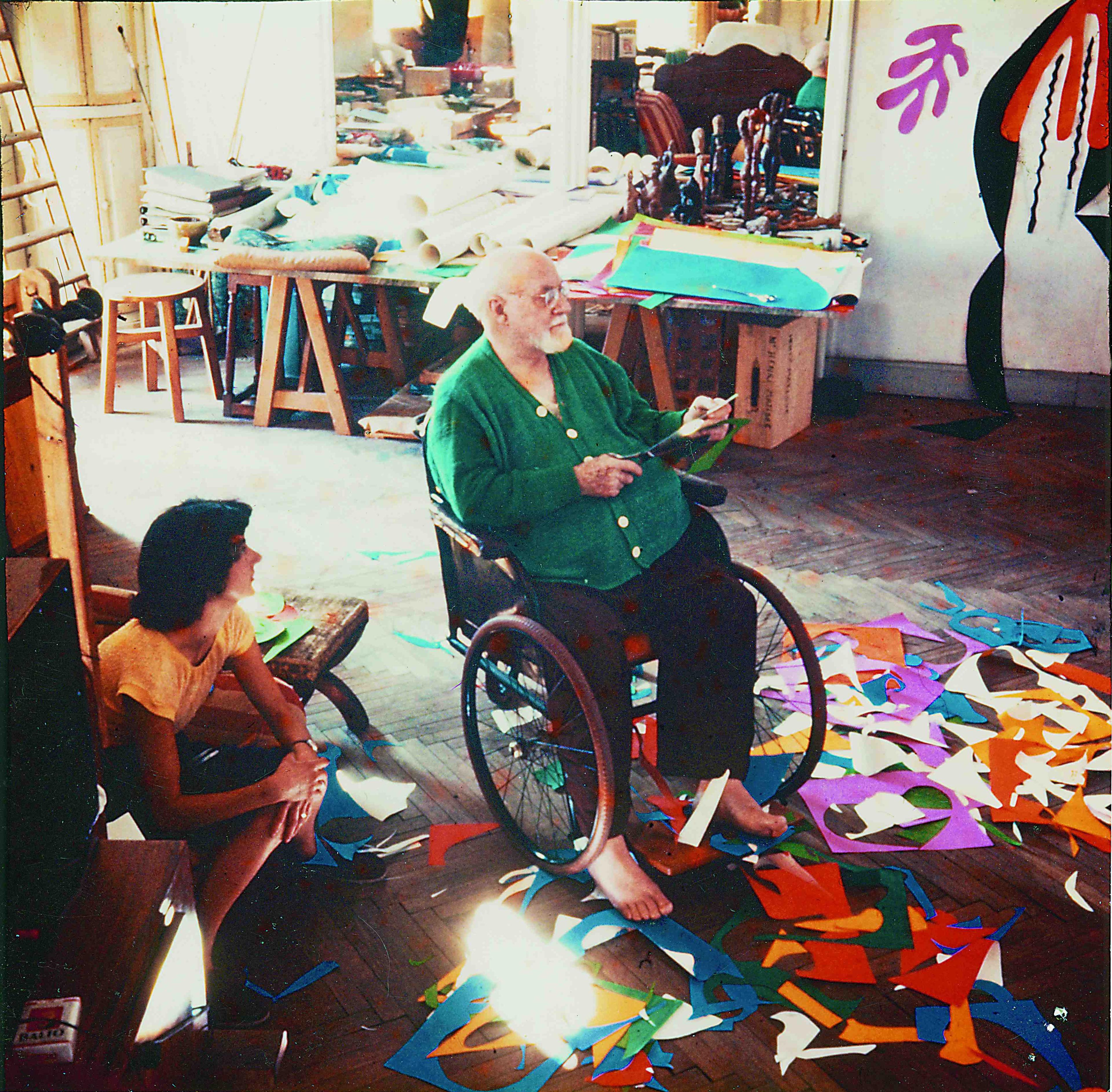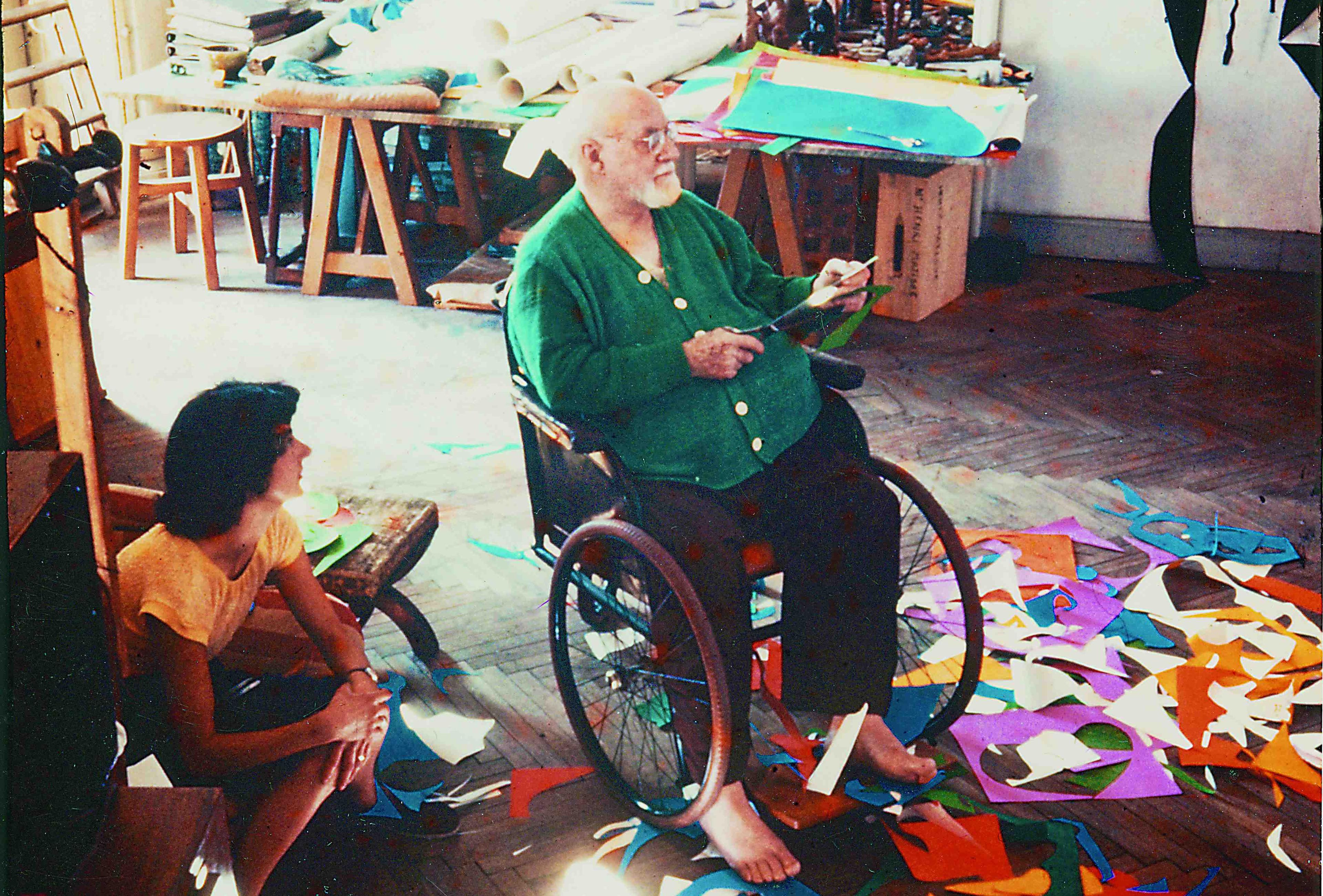

Denver art lovers will get the opportunity on Jan. 13 to experience the movie version of a blockbuster exhibition currently at New York’s Museum of Modern Art.
The U.S. premiere of “Matisse from MoMA and Tate Modern,” is based on these museums’ joint, “Henri Matisse: The Cut-Outs” show which runs through Feb. 10 in New York. The film is screening in several metro area theaters including Pavilions in downtown Denver, Lakewood’s Bel Mar cinema and the Regal River Point in Englewood.
It's part of an emerging trend. Arts lovers have become used to watching stage plays, concerts or operas at movie theaters over the past five years or so. Since 2009, 2.7 million people have watched one of UK’s National Theatre productions on the “National Theatre Live” program, according to its website.
Now, museums are stepping into the celluloid arena in the hopes of capturing a virtual audience for their largely site-specific work.
But following a camera around a gallery isn’t as compelling as watching a performance on screen. For one thing, you can only linger on a painting or sculpture for as long as the film’s editor allows you to.
A virtual tour with behind-the-scenes information
“Ninety-five percent of the audience can’t get to London or New York,” explained Phil Grabsky, the UK-based documentary filmmaker behind the Matisse film and other blockbuster exhibition-oriented movies such as “Manet: Portraying Life at the Royal Academy.”
Grabsky has been making art exhibition films since 2011. Movies like the one he made about Manet have been seen in 35 countries so far. Other exhibitions he’s brought to the screen have revolved around such artists as Rembrandt, Leonardo da Vinci and Van Gogh.
“The film provides an opportunity for them to share in these art works,” he said.
The “virtual tour” of the exhibit is then interwoven with behind-the-scenes information from curators and other experts as well as biographical and historical insights into the artist’s life and career.
Denver Art Museum not planning to make its own films
“Feature filmmaking, production and distribution is not a focus for the Denver Art Museum,” said Kristy Bassuener, the museum's associate director of communications and public affairs .
In recent years, the museum has been an originator of -- and a key touring stop for -- several blockbuster art shows.
The ongoing “Brilliant: Cartier in the 20th Century” is the most comprehensive exhibition ever produced by a museum centering on the famous jewelry house. And Denver was the only U.S. location to view 2012’s “Yves Saint Laurent: The Retrospective,” the high-profile survey of the revered fashion designer.
The glitzy Cartier and Yves Saint Laurent shows are ripe for movie treatment inasmuch as they present big brand populist fare intended to appeal to audiences who wouldn’t normally consider attending museum exhibitions.
According to data provided by the Denver Art Museum’s marketing department, 20 percent of the people who attended the Yves Saint Laurent show were first-time visitors to the museum.
Yet Bassuener says the museum has no plans to collaborate with film production companies on the making and mainstream distribution of films about its exhibitions.
A more modest approach
Although the museum will not be bringing its Cartier bling to multiplexes across the world anytime soon, it is exploring the medium of film as a means to complement its on-site programming in a more modest way.
“Our team has plans to highlight the local screenings in social media related to our own Matisse exhibition,” Bassuener said. The museum’s “Matisse and Friends: Selected Masterworks from the National Gallery of Art” show runs through Feb. 8.
And on Jan. 23, DAM will show “William Matthews: Drawn to Paint,” a documentary by filmmaker Amie Knox to coincide with the institution’s exhibition of Matthews’ work which runs through May 17.
The screening will take place on the museum’s premises, and excerpts from the film are already on view in the gallery. It also received an airing at the most recent Starz Film Festival late last year.
For now, the museum attempts to give the public a look inside its inner workings through its Behind the Scenes blog, which features visuals and staff commenting on exhibitions, conservation, collections and other process-oriented topics.
Elsewhere, museum films continue to grow
But this online offering is a small effort compared to the massive undertaking of producing feature-length fine art documentaries and distributing them around the globe.
Through his production company Seventh Art Productions, Grabsky finances his projects like the Matisse film independently with loans and private investors. The budgets range from $300,000 to $400,000.
The museums give his team access to their galleries, processes and staff, Grabsy says, but they do not have any editorial or creative control over the finished product. He does collaborate closely with art institutions when making his movies, and says he isn’t opposed to the idea of collaborating with DAM on a film down the line.
“Increasingly, galleries are coming to us about filming their big exhibitions,” Grabsky said.
“Cinemas were initially resistant; why would someone come to a cinema to see an art exhibition?” Grabsky said. “But now they understand the value for thousands of people who can’t get to the exhibitions.”








